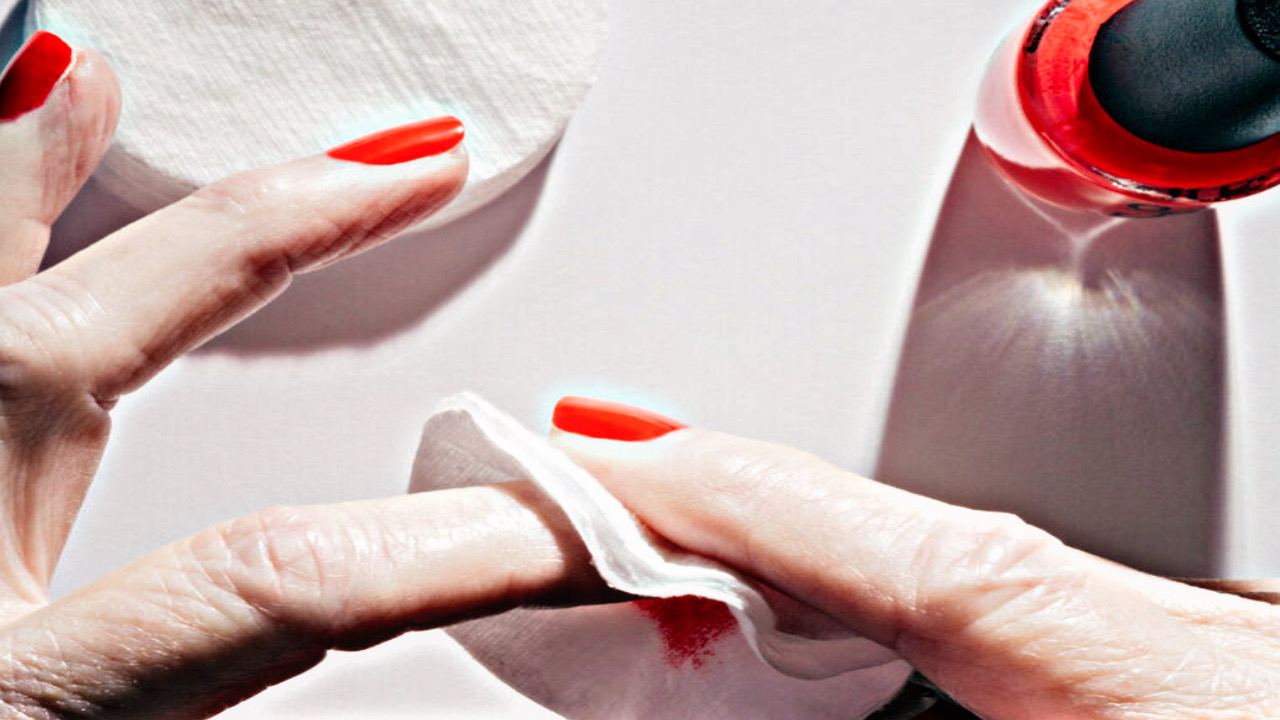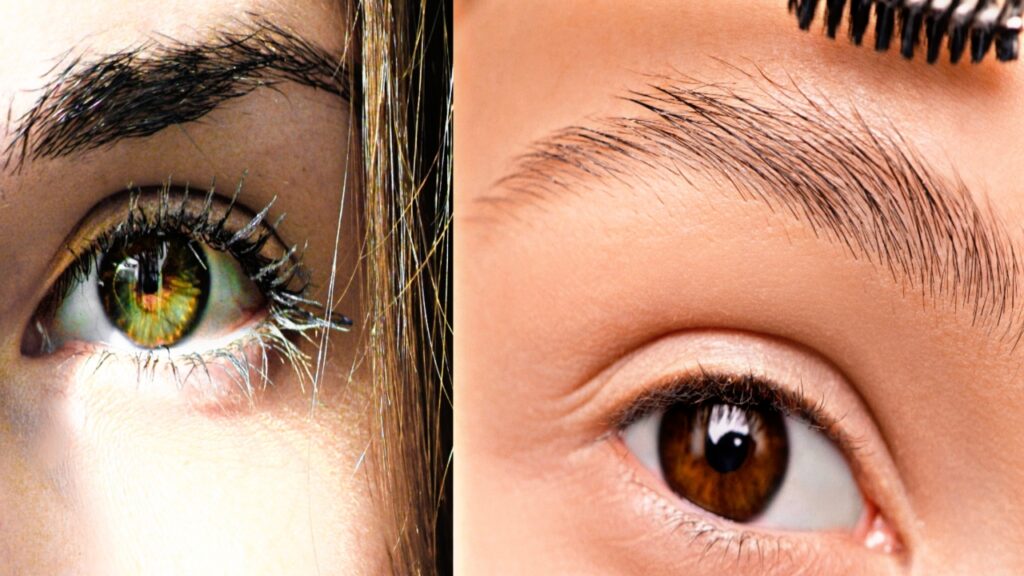Lifestyle
Nail polish is a popular beauty product used to enhance the appearance of nails, providing vibrant color and a polished finish. However, despite its widespread use, many people are unaware of the potential side effects that certain ingredients in nail polish can cause. From allergic reactions to long-term health concerns, it’s important to understand the risks before you coat your nails in your favorite shade.

1. Allergic Reactions
One of the most common side effects of nail polish is an allergic reaction. Some individuals may experience itching, redness, or swelling around the nail area. The culprit is often the chemicals used in the polish, such as formaldehyde, toluene, and dibutyl phthalate (DBP), which are known allergens. While many brands have switched to “5-free” formulations, which exclude these harmful chemicals, it’s still important to check the ingredients list, especially if you have sensitive skin or a history of allergic reactions.
2. Nail Weakening and Damage
Frequent use of nail polish can lead to weakened nails over time. The chemicals in the polish can dry out the nails, making them brittle and prone to chipping or breaking. Additionally, some nail polishes contain harsh solvents that can strip away the natural oils in the nail, leading to dryness and cracks. If left untreated, the damage can lead to long-term nail health issues.
3. Discoloration of Nails
Some nail polishes, especially darker shades like red or purple, can cause staining of the nails. This occurs when the pigments in the polish seep into the nail plate. While this discoloration is usually temporary, it can be unsightly and may require multiple removals and treatments to restore the natural appearance of your nails. To prevent staining, it’s a good idea to apply a clear base coat before using colored polish.
4. Potential Toxicity of Chemicals
Many traditional nail polishes contain chemicals that can be harmful when absorbed into the skin or inhaled. For instance, formaldehyde, which is used as a preservative and hardener in some polishes, has been linked to respiratory issues and is considered a carcinogen by the International Agency for Research on Cancer. Toluene, another common ingredient, can cause headaches, dizziness, and nausea if inhaled in large quantities. Although “3-free,” “5-free,” and “7-free” nail polishes are now available, offering safer alternatives, exposure to harmful chemicals should still be minimized.

5. Infection Risk
If nail polish is applied over damaged nails or a fungal infection, it can trap moisture and bacteria, leading to an increased risk of infection. A nail infection may cause pain, swelling, and pus. It’s important to ensure that nails are in good condition before applying any polish, and to avoid using nail products on cracked or infected nails.
6. Pregnancy Concerns
Pregnant women are often advised to avoid certain chemicals found in traditional nail polish. Toluene, formaldehyde, and DBP are among the ingredients that may pose risks during pregnancy, potentially affecting the development of the fetus. While many brands now offer pregnancy-safe formulations, it’s always best to consult with a healthcare provider to ensure the safety of any products you use.
While nail polish can enhance the beauty of your nails, it’s important to be aware of its potential side effects. From allergic reactions and nail damage to exposure to toxic chemicals, regular use of nail polish can have hidden risks. Opting for safer, “free-from” nail polishes and practicing good nail care can help mitigate these side effects. Always listen to your body, and if you experience any irritation or discomfort, discontinue use and consult a healthcare professional.





